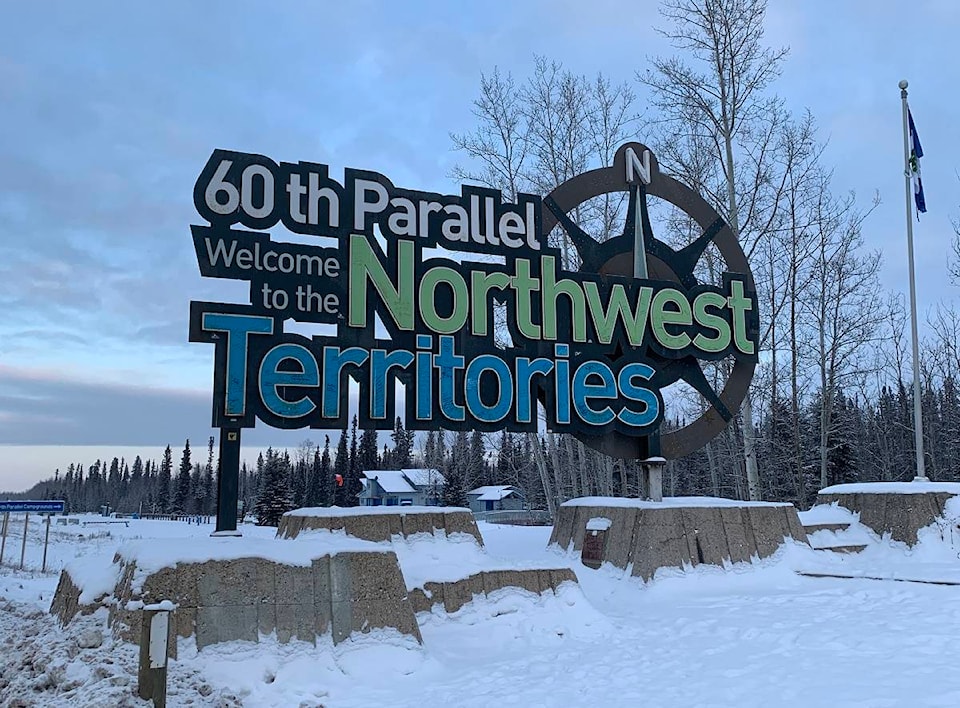NWT residents returning to the territory should be prepared with a completed self-isolation plan (SIP), but can have 24 hours to submit their plan to ProtectNWT.
Self-isolation remains a requirement for everyone entering the NWT, as the territory’s main risk of COVID-19 is through travel, said chief public health officer Dr. Kami Kandola.
Residents are also able to complete their SIP at an airport or land border entry point, said COVID-19 Secretariat spokesperson Darren Campbell.
“They can also proceed to their isolation accommodations and submit a SIP within 24 hours of arriving,” he added. “ProtectNWT will follow up with anyone entering the NWT based upon information provided at the border checkpoint if they have not submitted their SIP within 24 hours.”
Officials from Compliance and Enforcement would be notified if the individual hasn’t provided a SIP for approval.
Non-NWT residents must have an approved SIP before travelling in the NWT, with the exceptions being supply chain workers, flight crews and airline workers.
ProtectNWT has processed more than 44,000 SIPs to date, Campbell said, and all plans are reviewed case-by-case.
A total of 320 SIPs are currently pending. There are several reasons as to why plans could be pending, including that the traveller didn’t fully complete the plan and the application was put on hold until ProtectNWT receives all required information.
In other cases, requests for exemptions, such as non-residents entering the NWT for family reunification or for non-resident workers whose applications, require more information before they’re approved by the Office of the Chief Public Health Officer.
Currently, 177 SIPs have missing information and were sent back to the traveller, 85 are waiting for an exemption 58 are waiting to be handled by ProtectNWT.
Border checkpoint coverage
Officers are present 24 hours a day, seven days a week at the NWT/Alberta border checkpoint on Highway 1.
The checkpoint at Highway 8 on the NWT/Yukon border was in place at all times during the winter when the ice bridges were open, but hours will be adjusted so the checkstop is open when the ferries are in operation.
The Highway 5 border checkpoint near Fort Smith is staffed seven days a week from 7:30 a.m. to 10:30 p.m. during the winter, spring and fall. Starting on June 1, 2021 and over the summer, the hours will be expanded to 6:30 am until midnight.
The Highway 7 border at the entrance to B.C. is open only for southbound traffic and supply chain resupply on Tuesdays and Fridays from 10 a.m. to 2 p.m.
Travellers leaving the NWT aren’t asked about travel plans or about SIPs, Campbell said.
From March 28 to April 24, the most recent period for which data is available, there were 1,981 border crossings, according to the Consolidated Statistics Report of the COVID-19 Secretariat.
The busiest week in that period was the week of April 4 to 10 when 682 vehicles crossed the borders.
Traffic through Highway 1 accounts for the majority of activity, at 1,655 crossings.
